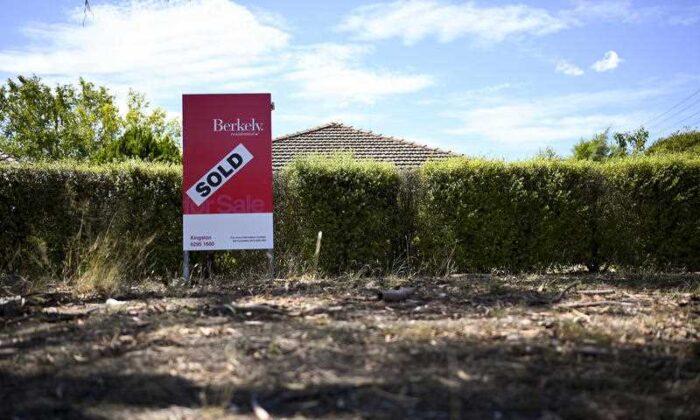The value of Australian homes has grown in March at its fastest rate in 32 years as buyers turn their attentions away from regional areas to the capital cities, according to property researcher CoreLogic.
“I guess this is a testament that as the capital cities become more vibrant as we see workers returning to work, and demand starting to build back closer to the inner-city areas, that the capital cities are starting to outperform the regionals again,” he said.
Record-low interest rates have driven the housing market growth which is expected to remain at current levels until 2024.
Reserve Bank of Australia (RBA) Governor Philip Lowe said that while the bank was aware of the effects that the low-cash rate was having on the housing market, it was being maintained to drive growth and assist recovery in the overall economy.

While interest rates are a major factor for the current record levels of growth, Lawless believes the largest contributing factor is the current strong buyer demand that is exceeding the supply rate, which is causing buyers to fear missing out.
“The ratio of sales to new listings is tracking at around 1.1, implying for every new listing added to the market, 1.1 homes are sold. Such a rapid rate of absorption is keeping overall inventory levels low,” he said. “The sense of fear of missing out is quite palpable at the moment, which is one of the biggest factors that’s adding to this rapid rate of capital gains.”
Experts believe the current levels of extraordinary growth are unlikely to remain, with many anticipating the industry regulator, the Australian Prudential Regulation Authority (APRA), to step in and impose lending restrictions.
However, APRA chairman Wayne Byres said its responsibility was in maintaining financial stability and watching for deteriorating lending standards, and not in regulating housing market prices.
Bryes said the current market dynamic causes households to shoulder more debt, which banks accommodate through greater risk-taking.
“That could be in the form of looser lending standards, relaxing portfolio limits, or simply not adjusting to market developments,” he said. “At an aggregate level that is a scenario that’s not evident yet, but the aggregates can hide a lot so we are digging into this more deeply, as you would expect.”
Byres said that since current lending statistics are showing no signs of a return in high-risk lending, the regulator is unlikely to step in soon.





